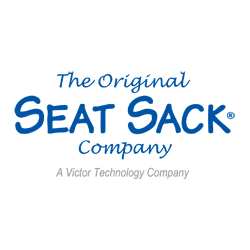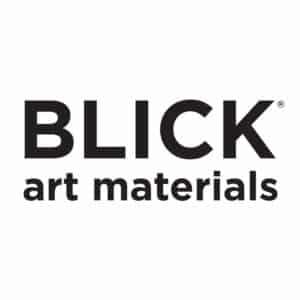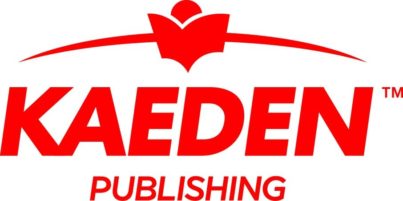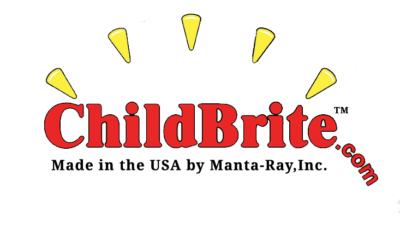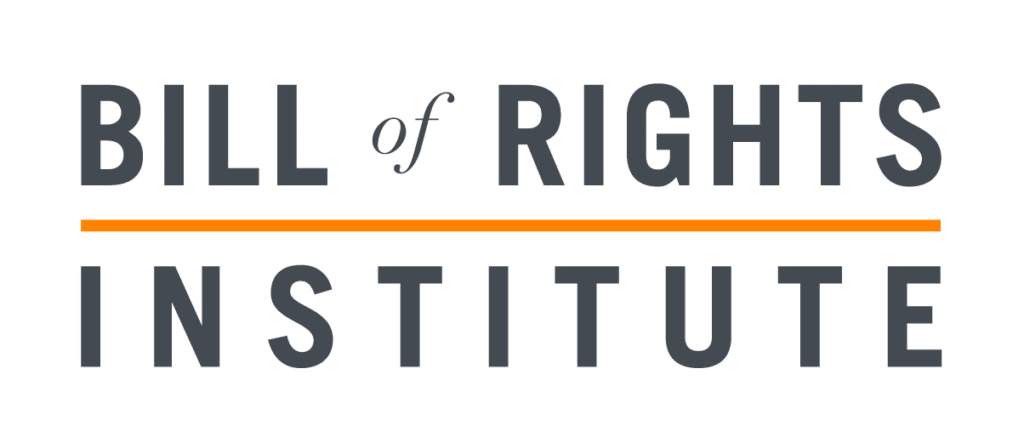By Angela Di Michele Lalor
As part of The Unique Animal Kingdom, students explore the question, are all animals the same? During the unit, students develop the understanding that while all animals share common characteristics, each has unique features that set them apart from other animals. Each student chooses an animal that can be found at the Central Park Zoo. They research information about where the animal lives, how it gets its food and what makes it different from other animals. Students write informational pieces using their research. Their written pieces are assembled into a guide, along with a map of the zoo and where each animal is located. Students use their personalized guides when they visit the Central Park Zoo.
Local History and Inspiration is organized around the essential question, how is history part of our present? As a result of the unit, students understand the impact of the people who have lived in their community and the events that have occurred there. Students apply their research skills to investigate a local person or event. They each contribute an informational piece to an online visitors’ center about their community. Information about how to access the online center is shared via an infographic on the school website and hard copies that are made available at the local library.
During Sharing Our Planet, students investigate the question, what are our responsibilities to others, along with the big idea that sharing the planet with others means having a social responsibility to help take care of the planet and all things that live here including other human beings. Students work together to identify and take an action that illustrates how they can take care of others. Students write segments for a documentary film that uses pictures and videos of their experience to share how they made a difference in the world.
Each of these units sit inside curriculums that have been developed by teachers and administrators within the districts in which they are used.
While personalized to reflect the community, at their core, each unit shares common beliefs about what is important for students to know, be able to do, and be like, and how students can best learn and achieve these goals.
How can this type of personalization take place without compromising expectations or quality?
This article introduces eight attributes of quality that schools can use when designing, revising or adopting curriculum. These help schools create quality units and examine the “big picture” of curriculum; how individual units fit together and ensure students have the opportunity to engage in meaningful and relevant learning experiences across the year.
What are the attributes of a high-quality curriculum?
1. Organizing Center
A unit’s organizing center is communicated through the unit title, essential question and big idea and identifies the most important learning for the unit. All units of study within a curriculum should be organized around centers that are worthy of the time and energy set aside for their pursuit, and that reflect the overall intent and purpose of the curriculum.
2. Standards Alignment
A quality curriculum will ensure strong alignment to standards selected by the school that reflect the community’s values and priorities. Standards include content standards, process standards and/or dispositional standards.
A curriculum that strongly aligns to standards is one where tasks and standards are difficult to distinguish from each other and the intent of the standard remains intact.
A quality curriculum will clearly identify those standards that are taught and assessed in each unit so teachers can make purposeful decisions about what to teach and how to teach it, and can share learning targets with their students.
3. Standards Placement and Emphasis
In a quality curriculum, all standards are taught and assessed by the end of the year, providing students with multiple opportunities to practice the skills embedded in the standards.
Placement and emphasis of standards throughout the year is influenced by factors such as the overall intent of the standards, grade-level focus standards, gradual-release of responsibility, and developmentally appropriate practice.
A standards analysis tool should be used not only to track placement and emphasis but should also be accessible to stakeholders interested in the scope and sequence of learning targets in a particular grade level or course of study.
4. Assessment Types and Moments
Each unit within the curriculum includes different types of assessments (information recall, product, demonstration and process) that are used for different purposes. The type of assessments used within each unit should be congruent with the learning targets being measured.
Multiple assessments should be used in units when it is determined that more than one type of assessment can be used to measure a standard.
The use of multiple measures provides teachers with a variety of data sources for determining what their students know and are able to do, and how to best address their needs.
In addition, each unit includes assessments that serve different purposes: diagnostic assessments to determine what students know and are able to do, as well as identify student misconceptions; formative assessments to check for student understanding; and summative assessments to determine what students have learned.
5. Curriculum-Embedded Performance Assessments
A quality curriculum includes assessments that produce as well as measure learning. These assessments are the key to creating engaging, meaningful, and cohesive units. They are an integral part of all units and not separate events.
A performance assessment is considered curriculum-embedded when it:
- Measures the most important learning for the unit
- Is congruent and strongly aligned to the standards identified in the unit
- Has an authentic audience and meaningful purpose
- Links to diagnostic and formative assessment moments
- Includes rubrics and checklists that can be used as instructional as well as evaluative tools.
6. Instruction
Learning experiences include information about what students will do, why they will do it and what the teacher will have as evidence of student learning. They strongly align to the standards for that unit and address content, process, and dispositions. Teachers can use the learning experiences as a basis for designing lessons that allow them to differentiate instruction and meet the needs of their students.
7. Resources – Texts, Technology, Materials
Curriculum should include a variety of texts, technology and materials that enhance each unit of study. The choice of text, technology and materials should be based on the purpose they will serve.
8. Implementation
A quality curriculum is easily accessible to teachers and other educators who use it. It contains multiple layers that are linked to each other and provide varying degrees of information.
A quality curriculum is supported by professional development that directly addresses the rationale, development and use of the curriculum, and it is included as part of other professional development to ensure curriculum, instruction and assessment, and related areas are connected.
The pursuit of a high-quality curriculum that meets the needs of a school is a continuous process. Understanding and evaluating your curriculum for the attributes of quality presented here identifies the appropriate entry point into your curriculum work.
What is important to remember as you begin this process is that the examination of an isolated unit is not enough to determine the strengths and limitations of a curriculum.
Individual units should be reviewed in terms of how they incorporate these attributes and then examined in relationship to each other.
The result of any curriculum evaluation, design or revision work should be a personalized curriculum that reflects the individuality of the schools and community that it serves yet reflects high standards and expectations for everyone.
Angela Di Michele Lalor is a senior consultant at Learner-Centered Initiatives. Her work includes facilitating school-wide initiatives in the areas of curriculum, instruction and assessment. She is the author of the ASCD book, Ensuring High-Quality Curriculum: How to Design, Revise, or Adopt Curriculum Aligned to Student Success. She can be reached at angelal@lciltd.org.



